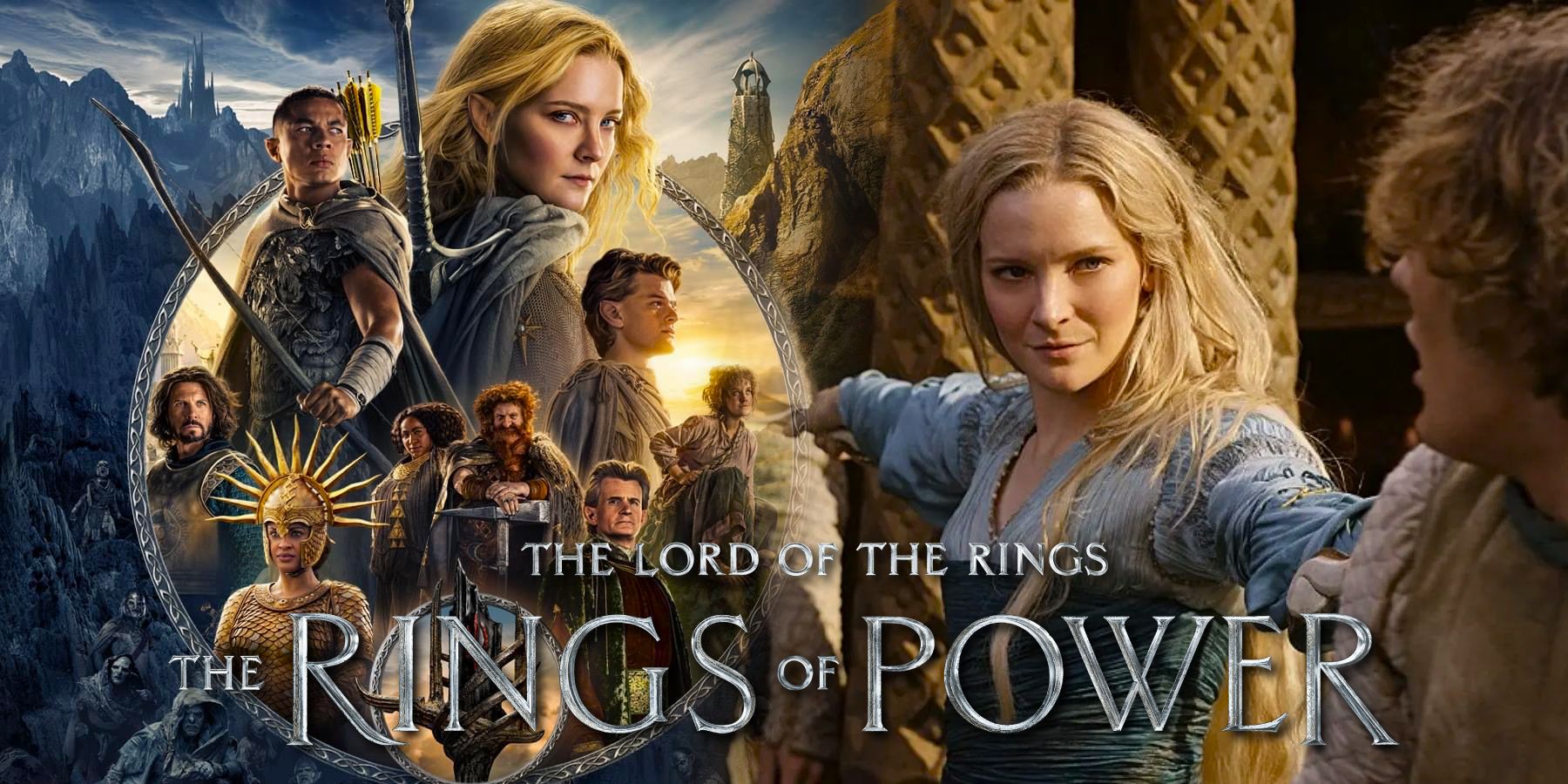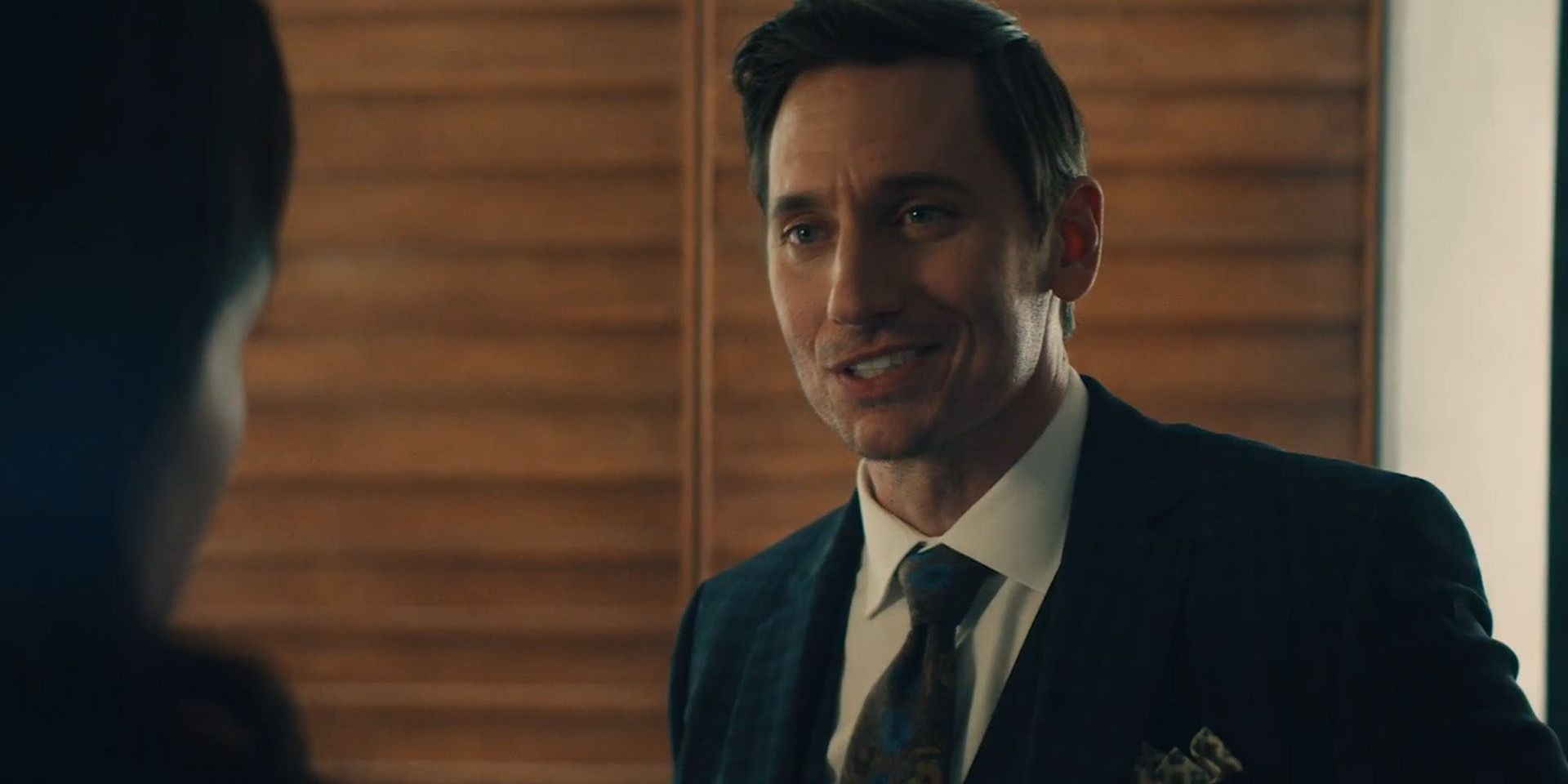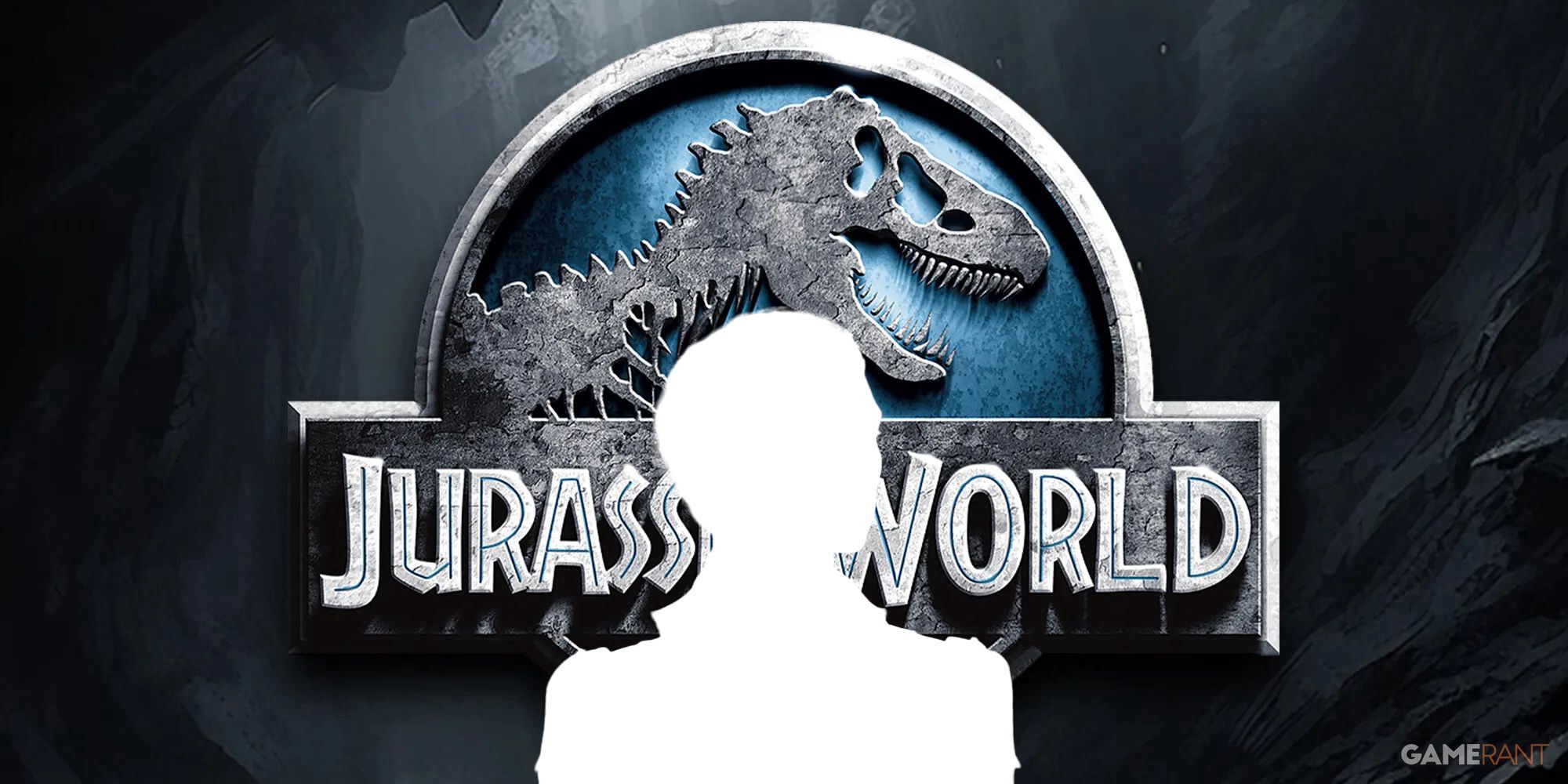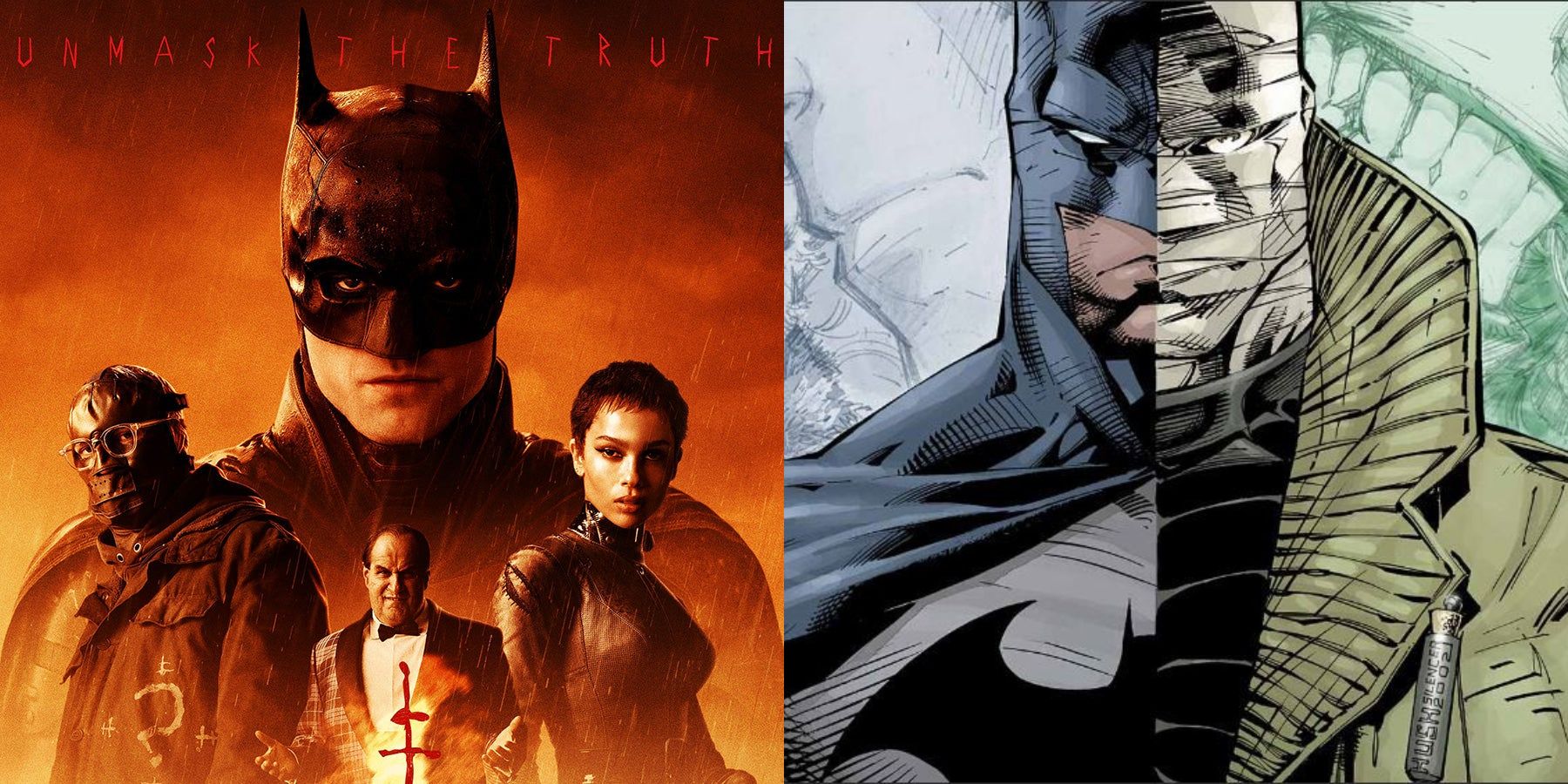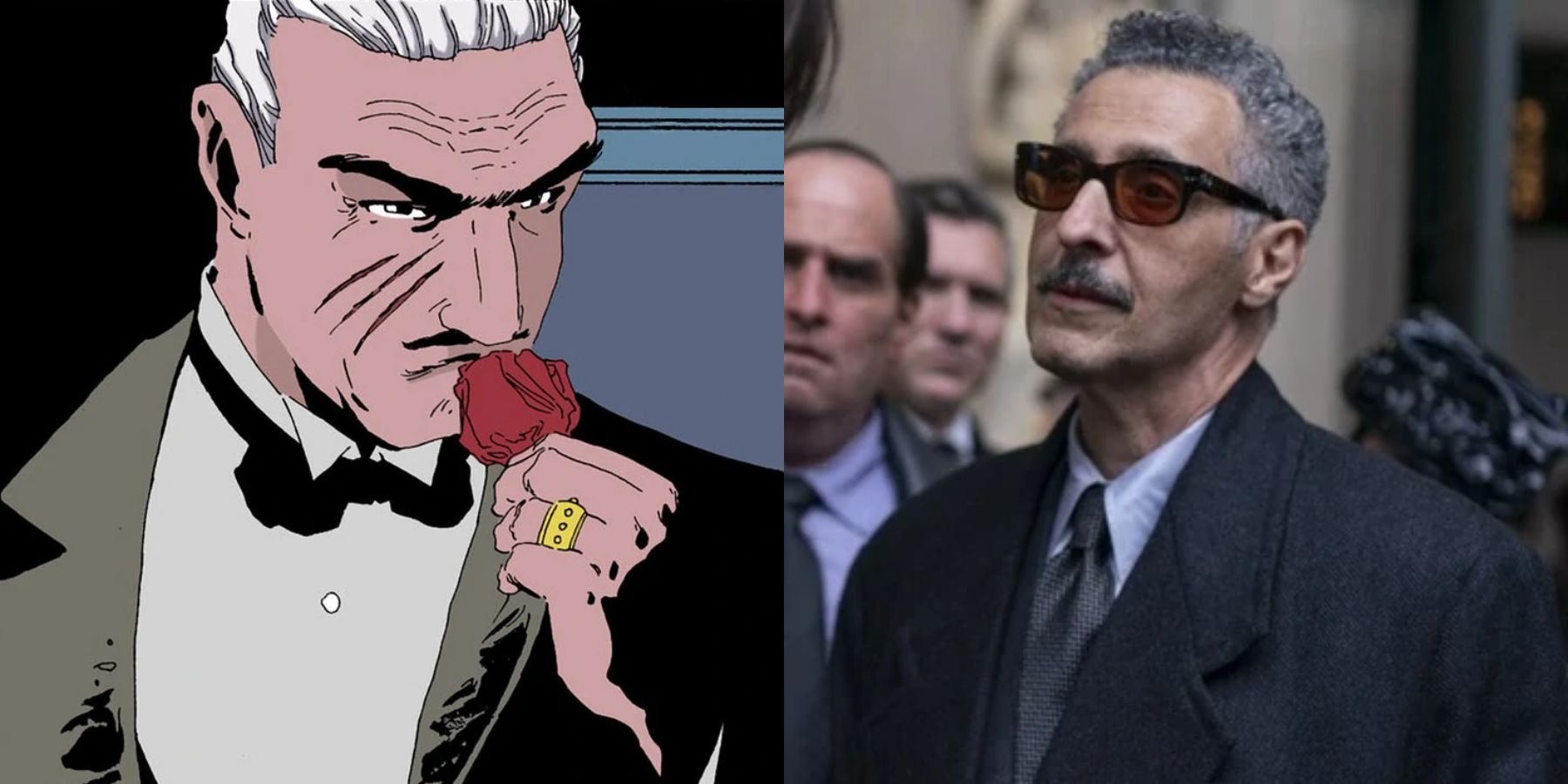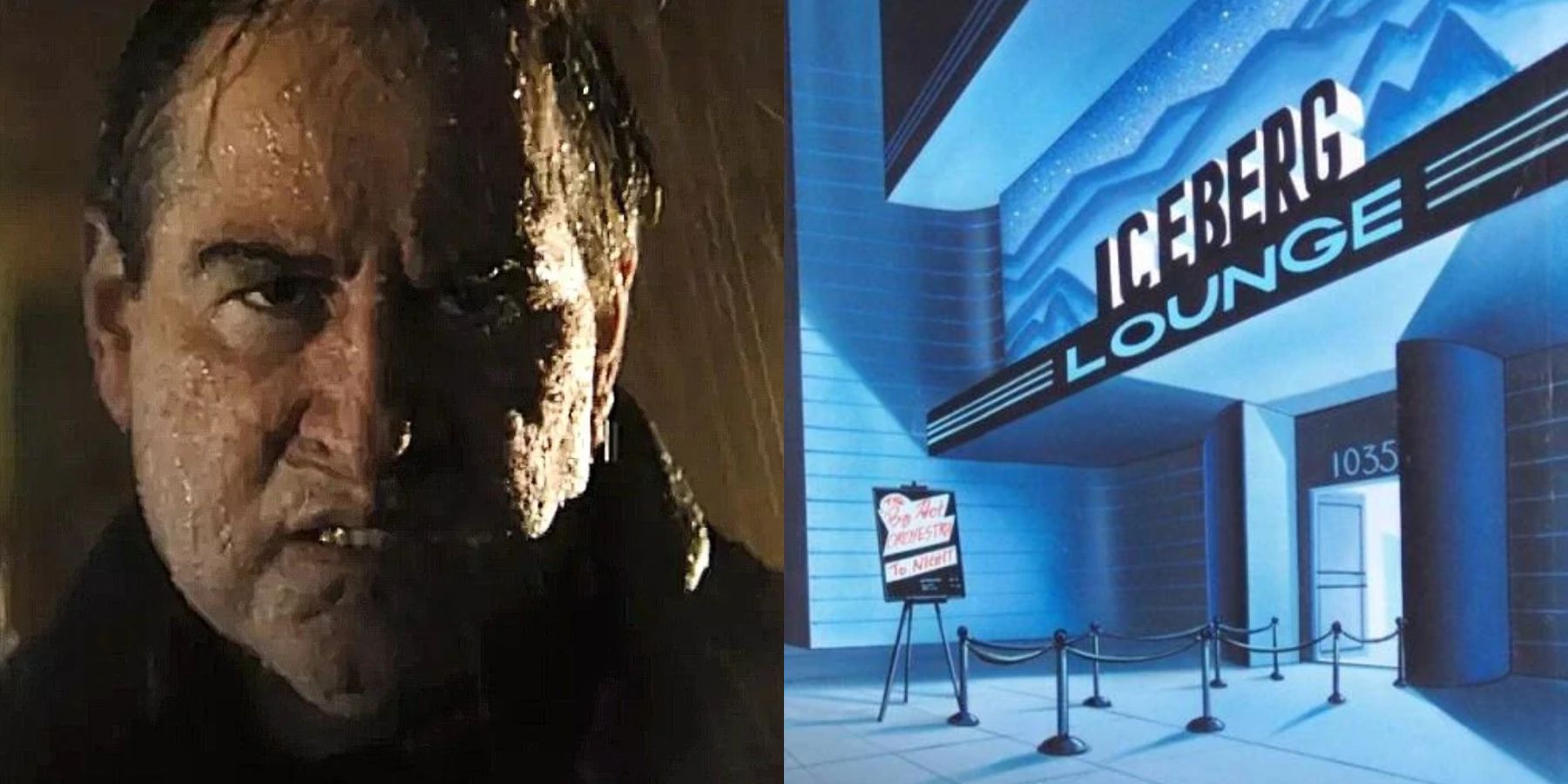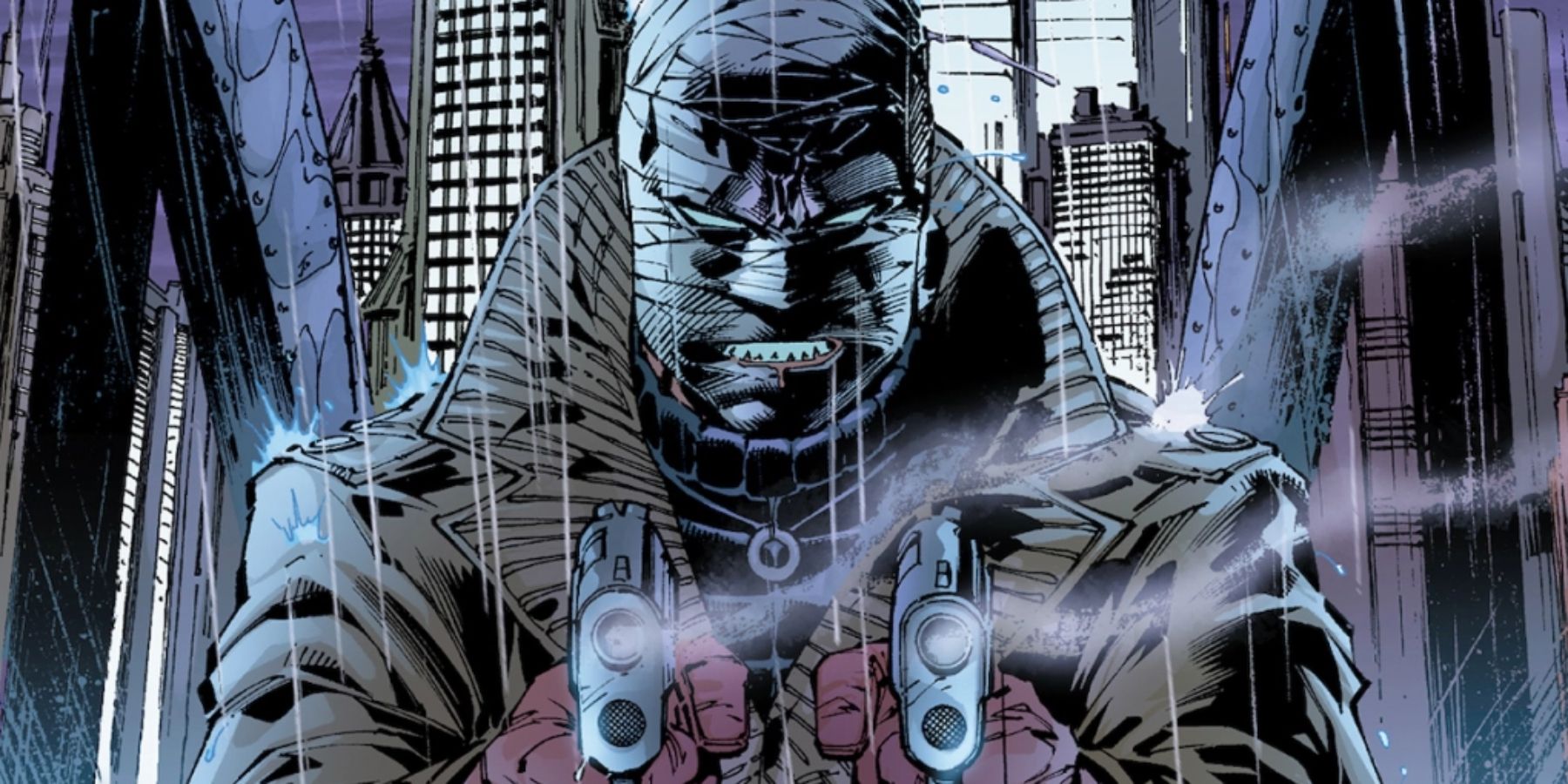This article contains spoilers for The Batman.After years of waiting, The Batman is finally in theaters. And while there have been many films over the years that feature the Caped Crusader in the starring role, this may be the single most comic-accurate one of them all.
The Batman draws so much inspiration from the stories that came before it that it might be easier to list the aspects of the film that aren’t homaging something else. But while many of the film’s references to past comics and other adaptations are overt, others are much more subtle. Here’s a list of just a few of the comic references in The Batman that you might not have picked up on.
The Longer Halloween
While The Batman takes influence from plenty of famous Batman comics, its biggest influence might be Batman: The Long Halloween, the iconic miniseries by Jeph Loeb and Tim Sale. The very premise of the film echoes that of the comic — Batman is in his second year of fighting crime, and he’s forced to investigate a string of serial murders with the help of Jim Gordon. But while the main antagonist of The Long Halloween is the mysterious Holiday, who targets Gotham’s mob, The Batman instead features the Riddler killing corrupt city officials.
But aside from the central plot of the film, The Batman features plenty of subtler references to The Long Halloween. For instance, at the mayor’s funeral, Carmine Falcone (played by John Turturro) recounts the story of when Thomas Wayne saved his life, operating on him on the dinner table while a young Bruce Wayne watched from above. This very scene, exactly as Falcone describes it, was depicted in a flashback in The Long Halloween.
And speaking of Falcone, the reveal that he’s the father of Selina Kyle, aka Catwoman, is another element borrowed from The Long Halloween and its sequel, Dark Victory. Loeb and Sale never explicitly confirmed whether Falcone was Catwoman’s father, choosing instead to leave the answer ambiguous. However, director Matt Reeves instead chooses to explicitly confirm their familial connection, leading to a tense face-off between father and daughter that ends with Catwoman clawing Falcone’s face and leaving some nasty scars. This too is another reference to Falcone’s Long Halloween appearance, which features some distinctive claw marks left by Catwoman in the events of Batman: Year One.
A Tour Of Gotham
The Batman features many of the iconic Gotham City landmarks, from the Batcave to Wayne Manor to Arkham Asylum. However, it also features another major location from the comics that has never appeared in any previous movies. Said location is of course the Iceberg Lounge, the nightclub owned by Oswald Cobblepot, aka the Penguin. First appearing in 1995’s Detective Comics #683, the Iceberg Lounge is a major part of Penguin’s role in the modern Batman mythos — instead of concocting bird-themed capers like his Silver Age self, more recent Penguin stories feature him as a seemingly legitimate businessman, usually serving as a source of intel and a background manipulator rather than a main antagonist.
Sure enough, The Batman perfectly adapts this aspect of the character, prominently featuring the Iceberg Lounge as the base of operations for the Falcone mob. And it’s not the only lesser-known Gotham locale to get a nod — in the scene where Falcone is arrested by The GCPD, Gordon mentions that he’ll be taken to Blackgate Penitentiary, another location from the comics that was previously featured briefly in The Dark Knight Rises. And finally, in the film’s last scene, Selina tells Batman that she’s leaving Gotham for its neighboring city of Bludhaven, which is best known to comics fans as the city where Nightwing (aka Dick Grayson, the first Robin) primarily operates.
Hush Money
While Riddler, Catwoman, Penguin, and Falcone are the only comic villains to appear in the film, there’s a subtle reference to another Batman rogue who has yet to make his film debut. In one of his videos, the Riddler reveals the dark secrets of the Wayne family, including their connections to Carmine Falcone — itself a plot point borrowed from the Batman video game by Telltale Games. At one point, it’s noted that Thomas Wayne attempted to bribe a reporter named Edward Elliot in order to protect his family’s image. Riddler specifically refers to the bribe as “hush money”, while the video shows a picture of Thomas Wayne with the word “HUSH!” written over it.
Die-hard Batman fans will likely recognize that this is a reference to the comic villain Hush, aka Tommy Elliot — the same surname as the reporter involved in the Wayne cover-up. The name Edward Elliot belongs in the comics to a distant ancestor of Hush, featured in the Batman: Gates of Gotham miniseries written by Scott Snyder. However, it’s possible that this Edward Elliot is intended to be the father of Tommy Elliot. As for whether Hush himself shows up in a future movie, Matt Reeves has yet to comment on that possibility, but anything is possible.

